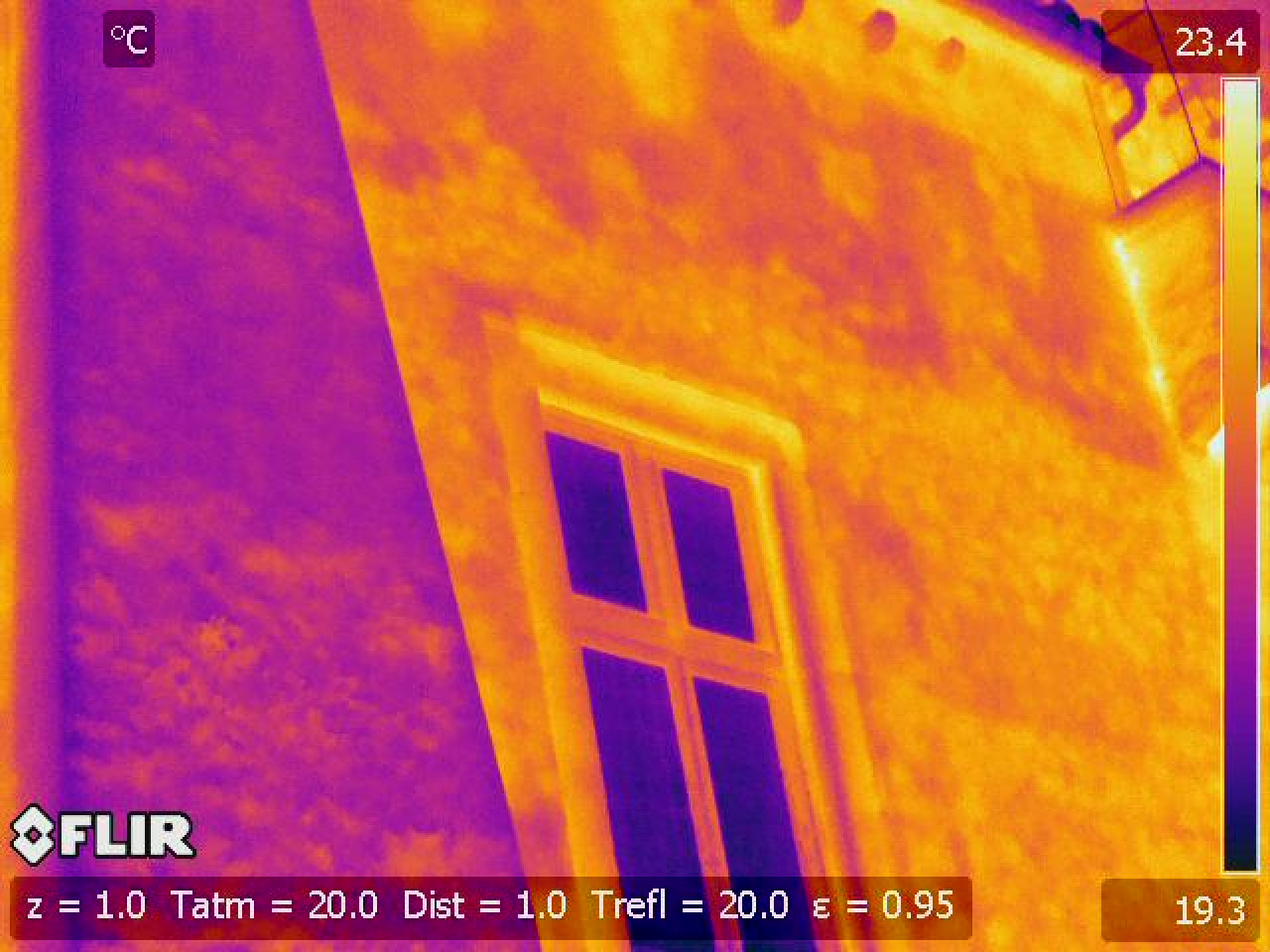The seismic vulnerability assessment of existing buildings is particularly important for the analysis of the seismic risk on a construction in order to highlight structural problems and design appropriate strengthening interventions. The service realized by the CIRI-EC, is aimed at assessing the seismic vulnerability of monumental masonry buildings.
The best possible knowledge of the construction is the essential requirement for any type of structural analysis and for the seismic vulnerability assessment of existing structures. It can be achieved with different knowledge levels, defined by the codes.
The Italian Guidelines for the evaluation and reduction of the seismic risk on the cultural heritage defines three seismic safety evaluation levels:
- LV1: Qualitative analysis using simplified mechanical models;
- LV2: Evaluation of the local collapse mechanisms;
- LV3: Evaluation of the global behaviour of the structure.
Development of the best approach to be applied in the evaluation and reduction of the seismic risk and possible improvement of the Italian Guidelines (Linee Guida per la valutazione e riduzione del rischio sismico del patrimonio culturale – allineamento alle nuove Norme tecniche per le costruzioni).
Monumental buildings
Buildings belonging to the Italian cultural heritage: Pandone Castle (Isernia, Italy), Pico’s Castle (Mirandola – MO, Italy), Ficarolo Bell Tower (Ficarolo – RO, Italy)
The goal of the offered service has been reached according to the Italian Guidelines for the evaluation and reduction of the seismic risk on the cultural heritage.
The analysis of the characteristics of the construction is aimed at defining a structural model that allows both a qualitative and a quantitative interpretation of the structural behavior.
The first phase is the historical analysis with the interventions and the structural modifications performed. The second phase is the geometrical survey of the structural elements (slabs, vaults, stairs, etc.), the identification of the acting loads and the characteristics of the foundations. The third phase includes the evaluation of the quality of the materials through in situ tests when possible. Given the monumental character of the building, the experimental campaign should be as much limited as possible and carefully planned.
The reliability of the model depends on the knowledge level reached for the buildings, to which are associated some confidence factors that have to be applied on the mechanical properties of the materials.
It is then possible to perform the structural analysis and verifications according to the different seismic safety evaluation levels (LV1, LV2, LV3).
Report with seismic vulnerability assessment and seismic verifications on Italian Museums (Molise and Emilia Romagna region).
MIBACT
The proposed procedure follows what is contained in The Italian Guidelines for the evaluation and reduction of the seismic risk on the cultural heritage, and consequently has attracted great interest from the public authority for the evaluation of the seismic vulnerability of historical buildings. Enterprises: MIBACT, AeC COSTRUZIONI srl, RESIN PROGET SRL
 Non-destructive tests -Thermography
Non-destructive tests -Thermography

